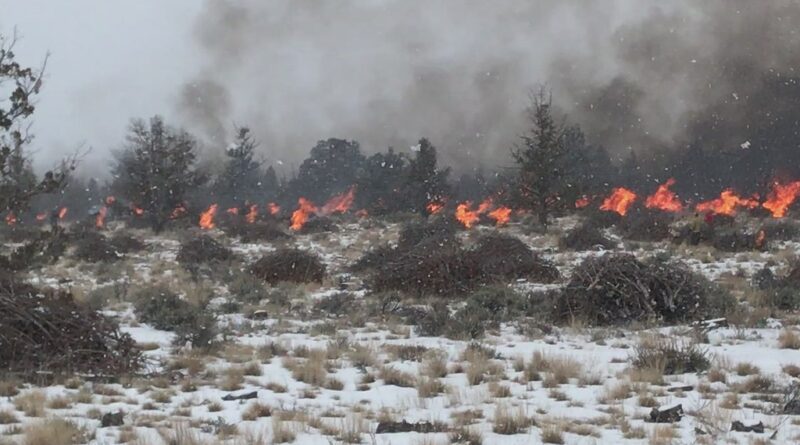Brave Firefighters Race Against Time to Control Three Intense Wildfires Spreading Quickly East of Los Angeles Amid Dry Conditions
Brave Firefighters Race Against Time to Control Three Intense Wildfires Spreading Quickly East of Los Angeles Amid Dry Conditions
Early Tuesday morning, firefighters in Riverside County, located just east of Los Angeles, were working hard to contain three separate wildfires, even as evacuation orders that had forced thousands to leave their homes were being lifted. were officially lifted.
Cal Fire, California’s state firefighting agency, reported that the primary blaze—known as the Juniper Fire—broke out shortly before 11:30 a.m. on Monday and quickly grew, scorching close to 700 acres. The evacuation order was issued later that day and, based on data analyzed by The New York Times, it affected around 5,000 residents.
Cal Fire announced just before 9 p.m. that the evacuation order had been lifted. However, the fire—burning in a rural area roughly 70 miles southeast of downtown Los Angeles—was still only 30% contained by that time.
The specific cause of the Juniper Fire is still under investigation at this time. Firefighters are expected to continue their efforts overnight, and an evacuation warning (a less urgent advisory than an order) will stay in effect.
Meanwhile, another fire, the Wolf Fire, broke out on Sunday and had already burned more than 2,400 acres by Monday evening. Fire officials shared that approximately 30% of the blaze had been successfully brought under control.
A third blaze, known as the Mindy Fire, also started on Sunday. It charred around 100 acres but was mostly under control by Monday, and all evacuation alerts linked to it were withdrawn.
Wildfire Risks Rise with California’s Summer Heat
Summer is the most dangerous time for wildfires in California, with hot, dry conditions making it easy for flames to ignite and spread quickly. While wildfire behavior can be unpredictable, experts have already warned that this year could be particularly severe due to a heavy buildup of dry grass and vegetation.
Southern California experienced an especially dry winter, raising concerns that this summer could bring more frequent and intense fires. By September, officials expect fire activity in many parts of the state to exceed normal levels.
Editor’s Picks:
Microsoft bids farewell to the iconic ‘Blue Screen of Death’ as it rolls out a fresh update.
20 must-read book releases coming this July
Modern-day pilgrimages—with sports cars
California’s Fire Seasons: A Look at the Numbers
On average, wildfires scorch around 1.4 million acres of land across California each year. However, totals have varied widely. In 2020, over 4.3 million acres were burned—largely due to “dry lightning,” or lightning strikes with little to no rain, that sparked massive fires in Northern California.In comparison, the wildfire damage was significantly lower in 2022 and 2023, with around 300,000 acres affected each year.
Still Reeling from Previous Destruction
The Juniper Fire comes at a time when many residents of Los Angeles County are still recovering from devastating blazes earlier this year. The Eaton Fire, which broke out in January, caused severe destruction—damaging more than 9,400 structures, primarily in the Altadena region—and burned nearly 14,000 acres of land.
Farther west, the Palisades Fire tore through Malibu and Pacific Palisades, leveling more than 6,800 structures and burning over 23,000 acres. Combined, these two fires resulted in the deaths of 30 people, making it the second deadliest wildfire disaster in California history.
As per Cal Fire, the most devastating wildfire in California’s history is still the 2018 Camp Fire, which tragically claimed 85 lives in Northern California—marking the highest death toll from a single wildfire in the state.



